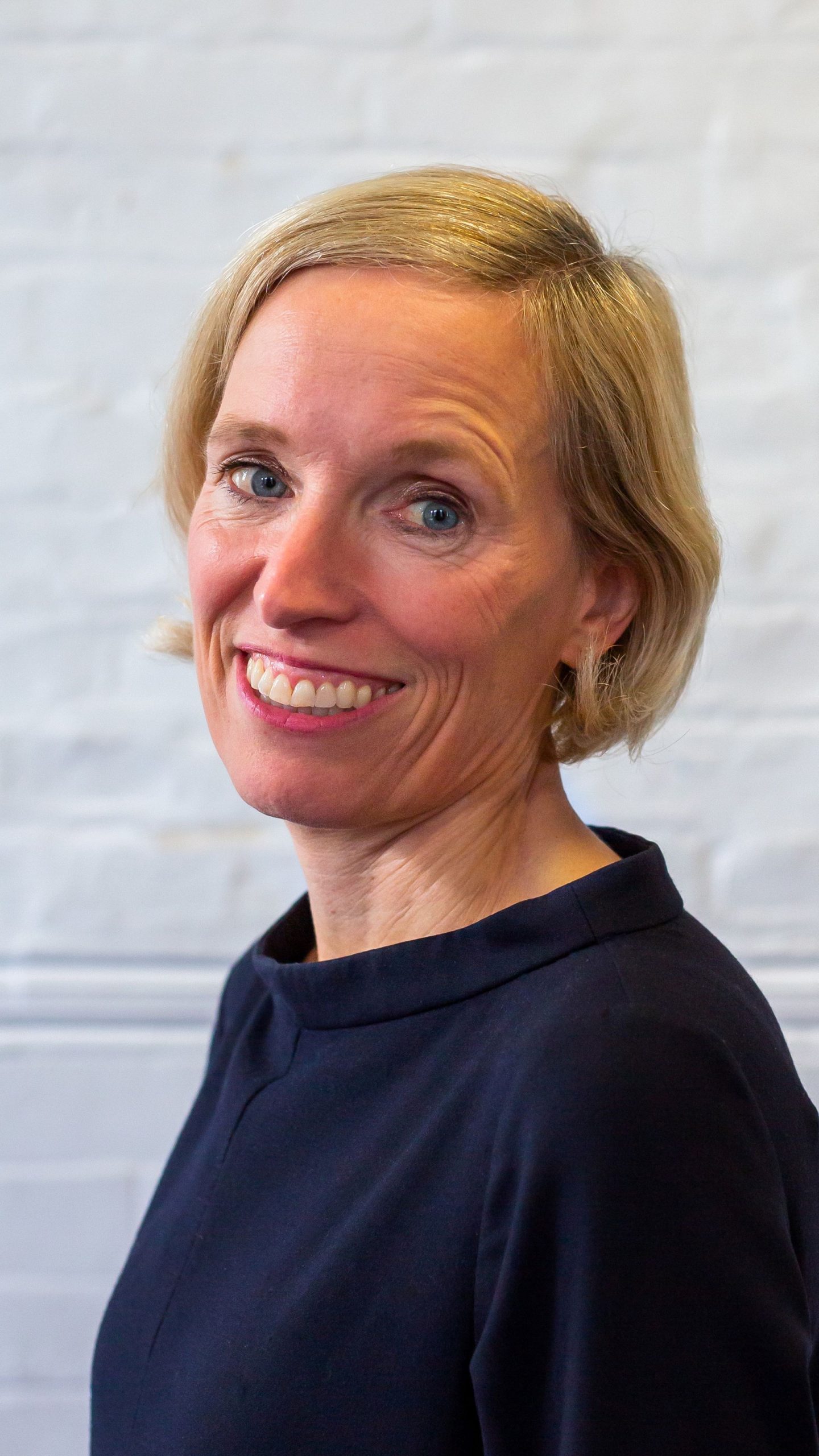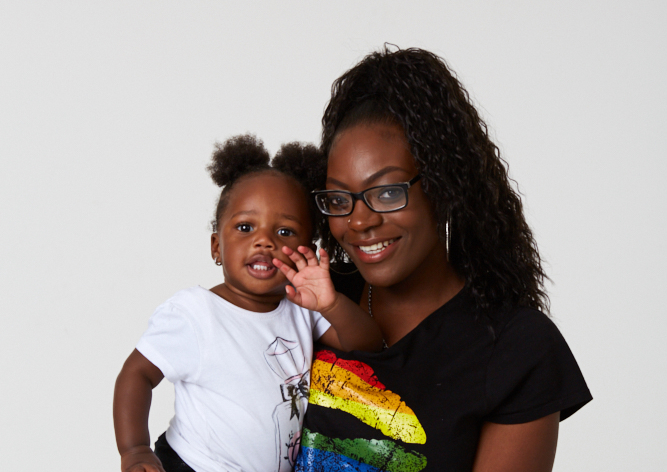Today is Fawcett Society’s Equal Pay Day – the day when women effectively stop being paid for the rest of the year, compared to men, because the gender pay gap means they earn 11.3% less per hour. This figure is just an average – many women experience an ethnicity pay gap, a disability pay gap and even a class pay gap as well, dragging their incomes down even further.
The officially measured and reported gender pay gap represents the difference in hourly wages between men and women. For young women, aged 18 to 29, this gap is 2.25%. While not as big as the gap for older women, it still matters. Many people I speak to are shocked to realise that there’s a pay gap right from the start of working life – most of all young women, who’ve been brought up to believe they can do anything boys can do, and who do better at school and university, only to find themselves earning less than men with the same qualifications when they graduate.
It starts even earlier than we think
I thought my eyes were wide open to the very real and material difference that sexism makes to women’s earning power – but this week I read that girls even get less pocket money than boys. Parents literally are teaching their daughters that they’re worth less than their sons.
We believe that if we’re to set women up for a fairer financial future, we must begin tackling the pay gap right at the start of their journeys in the workplace.
This divide only grows as women get older, begin having children and experiencing the motherhood penalty. So, we believe that if we’re to set women up for a fairer financial future, we must begin tackling the pay gap right at the start of their journeys in the workplace. That means, amongst other things, supporting them to develop and progress in the early stages of their careers; tackling the discrimination that still sees 1 in 5 HR decision makers think that men are better suited to management positions than women; and enabling greater flexibility in all types of jobs.
The income gap
The gender pay gap, while an important measure of women’s equality in the workplace, is only one part of the picture, though. If we zoom out from hourly pay, which the gender pay gap measures, to look at annual income, we see an even bigger gulf: on average, over the course of a year, young women earn a fifth less than young men.
This annual ‘income gap’ figure takes into account other issues beyond hourly pay – such as the fact that young women are more likely to be in the lowest paid jobs and sectors, like caring, hospitality and retail. They’re more likely to get stuck in low pay too, with sexist attitudes and outright discrimination making it harder for them to progress.
And, because women do more of the unpaid caring work within the home, they work fewer hours. Fewer hours means less money, of course – but part-time work is also paid less per hour than full-time, and people doing part-time work can find it harder to be promoted to more senior positions, meaning part-time work can be a triple setback, financially speaking.
Pay gaps have left women more exposed to the cost of living crisis
Right now, as the cost of living crisis rages around us, we’re seeing the very real impact that this income gap has on young women. It’s left them totally exposed to the economic storms we’re all battling, with so few resources. In our annual survey, young women told us they’re filled with dread at the state of their finances, taking on more debt, and losing hope for the future. And that’s why Young Women’s Trust exists – to champion their needs, stand alongside them as they fight the income gap and help them claim back the power they need to create fairer financial futures.
Sign up to our newsletter to find out more about what we’re doing to create a fair world for young women.


